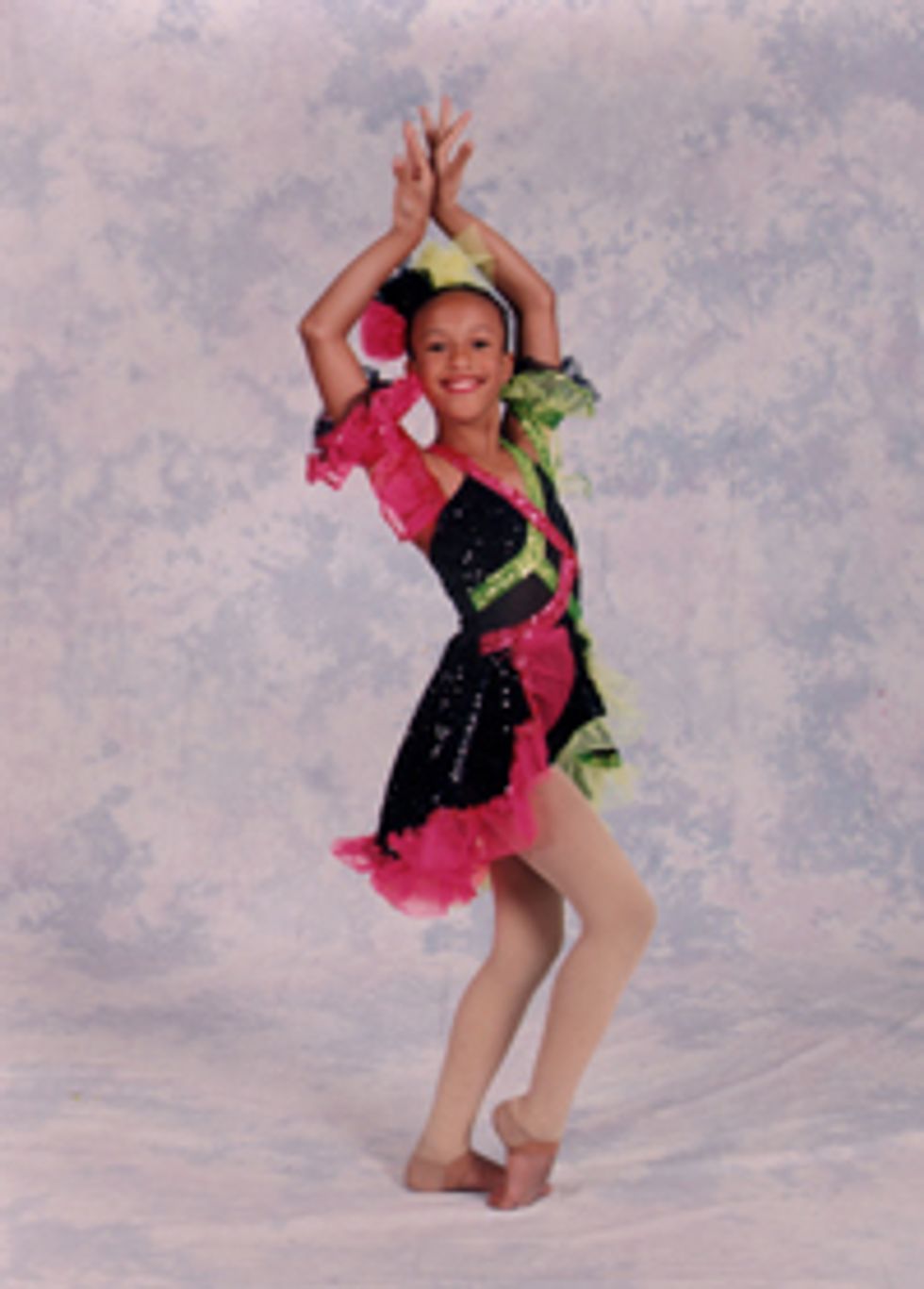Growing Pains
Maybe it’s normally easy for you to pull off triple pirouettes, battement your leg up by your ear or balance in arabesque for as long you want. But if you’ve been feeling “off” lately for no obvious reason, you could be going through a growth spurt. Growth spurts cause your bones to lengthen and your muscles and tendons to tighten, which can affect your movement in a variety of ways, according to Nancy Kadel, MD, medical director of the Healthy Dancers Clinic at ODC Dance Commons in San Francisco and associate professor of orthopedic surgery at the University of California, San Francisco.
Don’t worry! Though you may be uncomfortable right now, the situation is temporary. It just takes time to get used to your changing body. Read on for what you need to know about growth spurts and how to minimize their impact on your dancing.
The Basics
Everyone experiences growth spurts at one point or another during the developmental process. According to Kadel, female dancers tend to have them between the ages of 11 and 15, while male dancers are likely to have them slightly later, between the ages of 12 and 16. You might have one growth spurt, or you might have a few. You might grow several inches in the course of a few months or just an inch over a single year. In general, it takes between one and three years for a growth spurt to finish. Occasionally, growth spurts are accompanied by growing pains: dull aches concentrated around your joints.
How Your Dancing Is Affected
If you’re going through a growth spurt, you may have decreased flexibility, your balance could be off and you might not have the same control over your body that you used to. “Since your arms and legs don’t grow at the same rate, and they grow faster than your torso, you might feel gangly,” Kadel says. “The hardest thing for dancers is that they may not feel as coordinated as they were before.”
Ailey II dancer Brittany Engel-Adams, 21, grew three inches during sixth and seventh grades. Around that time, she developed knee and ankle problems and says she had trouble executing grand allégro. “My legs were so long, and because I wasn’t as agile as I was before, I would feel the impact of the floor so much more,” she says. “It was also harder for me to get off the floor in the first place. But I learned the importance of using my core to lift myself up. When you have problems with your limbs, your core is really what saves you.”
If you happen to grow several inches in a short period of time, you’ll have to learn how to adapt to a changed center of gravity, thanks to your longer arms, legs and torso. Pennsylvania Ballet corps dancer Caralin Curcio grew three inches during the summer before her sophomore year of high school. She says it forced her to work harder for her balance, especially during turns.
How to Deal
Growing dancers should focus on building core strength, says Robert Breingan, PT, DPT, manager of the Children’s Healthcare of Atlanta Sports Medicine Program, which works with dancers and athletes. When Curcio went through her growth spurt, for example, her teacher recommended Pilates so she could focus on stability and controlling her changing body. “I grew so much all of a sudden, and with a longer torso, I needed that additional strength to keep everything still,” Curcio says. Breingan also recommends trying floor barre exercises or asking a physical therapist to create a specialized strengthening program.
To improve your balance, Kadel suggests the following exercise: Standing near a counter or the barre, lift your heels about an inch off the floor in relevé, then close your eyes to see if you can balance. To increase the challenge, stand on one foot on top of a firm pillow, first flat and then in relevé with your eyes closed. Kadel says these moves will help you find your balance more easily in dance class.
Since your muscles and tendons tighten as your bones get longer, it’s important to stretch regularly—two to three times a day, especially before and after class, says Breingan. Pay special attention to your quadriceps, hamstrings, calves, hip flexors, gluteal muscles and hip rotators, as these areas are prone to tightness.
Beyond strengthening and stretching, Breingan and Kadel say it’s important to watch what you eat during a growth spurt. “This is the time to eat healthy because this is your chance to build the strongest bones,” Kadel says. “You need more calories during rapid growth—it’s harmful for your bones and health to diet at this time.” To strengthen your bones, eat foods that are high in calcium and vitamins C and D.
Stay Positive
If, despite your best efforts, you’re still feeling gawky or that your technique isn’t quite where you’d like it to be, be patient. It takes time for your muscles to get used to their new frame. “You’re growing from a child to a teenager. For a year or so it’s weird, but then it will settle down. This isn’t permanent—it will get better,” Kadel says.
When in doubt, turn to your dance teacher for support. She’s gone through what you’re experiencing and will be able to work with you and help meet your specific training needs. “I would complain that I was always on the end or in the back, but my dance teachers and parents told me to keep my chin up,” Curcio says. “One of my teachers said, ‘Someone is always going to appreciate a taller dancer.’ ” Curcio says her height has helped her secure a number of roles throughout her career, including Arabian in The Nutcracker.
You may be frustrated now, but try to work through it. “If you continue to dance through your growth spurts, you will have more control over how the muscles are going to form,” Engel-Adams says. “And, if you train correctly, you can mold your body into anything you want it to be—so never be discouraged.”
Painful Knees?
If you’re going through a growth spurt and also experiencing knee pain, you might have Osgood-Schlatter disease, an overuse injury of the knee frequently diagnosed in growing and active athletes.
Hannah Maria Hayes is a freelance writer, editor and flamenco dancer with an MA in dance education from New York University.




